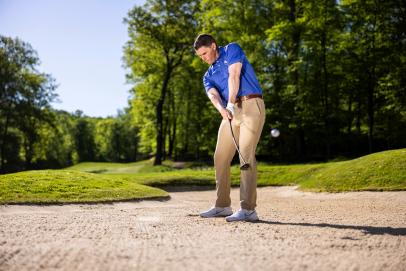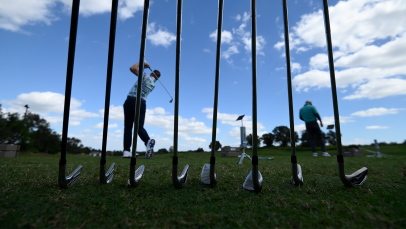Hot List
The highest-flying fairway woods, according to golfers of all skill levels

We’re not breaking any news to suggest the fairway wood is the hardest club for most golfers to elevate. It’s the longest, lowest lofted club a player will have to hit off the ground, and none of those characteristics seem all that conducive to a soaring trajectory. So when our players at the annual Hot List Summit suggest a fairway wood tilts very high on the high end of the ball flight spectrum, we take that as an indication that this model of fairway wood not only raises trajectory, it also elevates one’s mood and self-confidence, too.
This year, we surveyed our players across three handicap groups: Low (scratch to 5-handicap), Mid (6- to 10-handicap) and High (11-handicap and above). And while each player was specifically dialed into the fairway-wood model within each family that would maximize his or her skill set and swing tendencies, certain models consistently were perceived to be the most likely to launch higher. In practical terms, the “highest launching” designation was a result of where a fairway-wood model fell on the performance vector we call “Ball Flight.” That scale runs from “Lower” (1) to “Higher” (5), and each player assigned a number along that scale to each fairway-wood model he or she hit.
We believe there are a number of characteristics that contribute to that perception. Certainly, a lower center of gravity is a part of that and many top fairway woods combine heavier elements in the sole with lighter elements in the crown. Also, a lower face height likely will give players more confidence that they will be able to “get under” the ball to launch it higher. In some cases, even a stock shaft that is more flexible could help some players more easily launch the ball higher.
At the end of the day, what we’re really talking about with “highest flying” might be something as basic as “ease of use.” Our panel of players immediately saw higher flight with many fairway woods that were slightly lighter (like Titleist TSR1), as well as those (obviously) with slightly weaker lofts (like Ping G430 SFT). Look closely: A 15.5- or 16-degree 3-wood is almost always going to be easier to launch than one with 15 degrees of loft. Expect many of these higher-launching fairway woods to feature larger, more forgiving heads and shallower faces, too.
Here's a look at the highest-flying fairway woods our players saw, separated by handicap division.
Low Handicaps
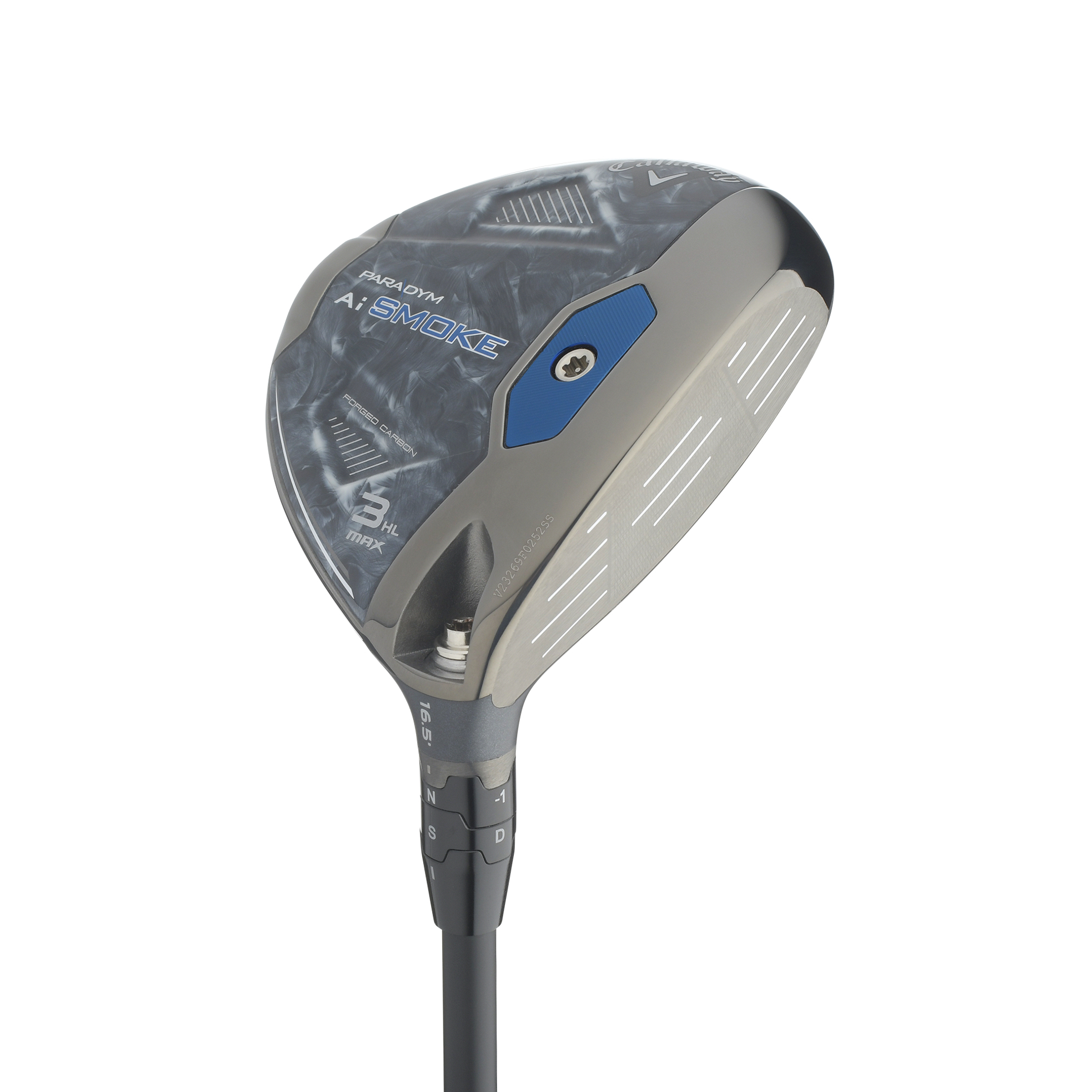
This comprehensive model (seven lofts, including six with adjustable hosels) targets most golfers looking for a neutral shot shape with a shallow face that makes it easier to get the ball up in the air. The face’s variable thicknesses are designed based on tens of thousands of representative swings to uncover the most important spots to add extra spring at impact. Those “microdeflections” in the face are intended to improve distance and downrange dispersion. The head uses a balance of forward weight to lower spin and rear weight to improve stability.

The most complete lineup in the G430 family of fairway woods, the Max includes four adjustable heads that encompass a loft range from 13.5 to 25.5 degrees. The carbon-composite crown allows the center of gravity to be lower, and a face that wraps around the crown and sole improves ball speed and helps with loft. The face has less curvature (or “roll”) on its lower half where most fairway-wood impacts occur. With less roll, those lower-face hits launch with less spin and more velocity.
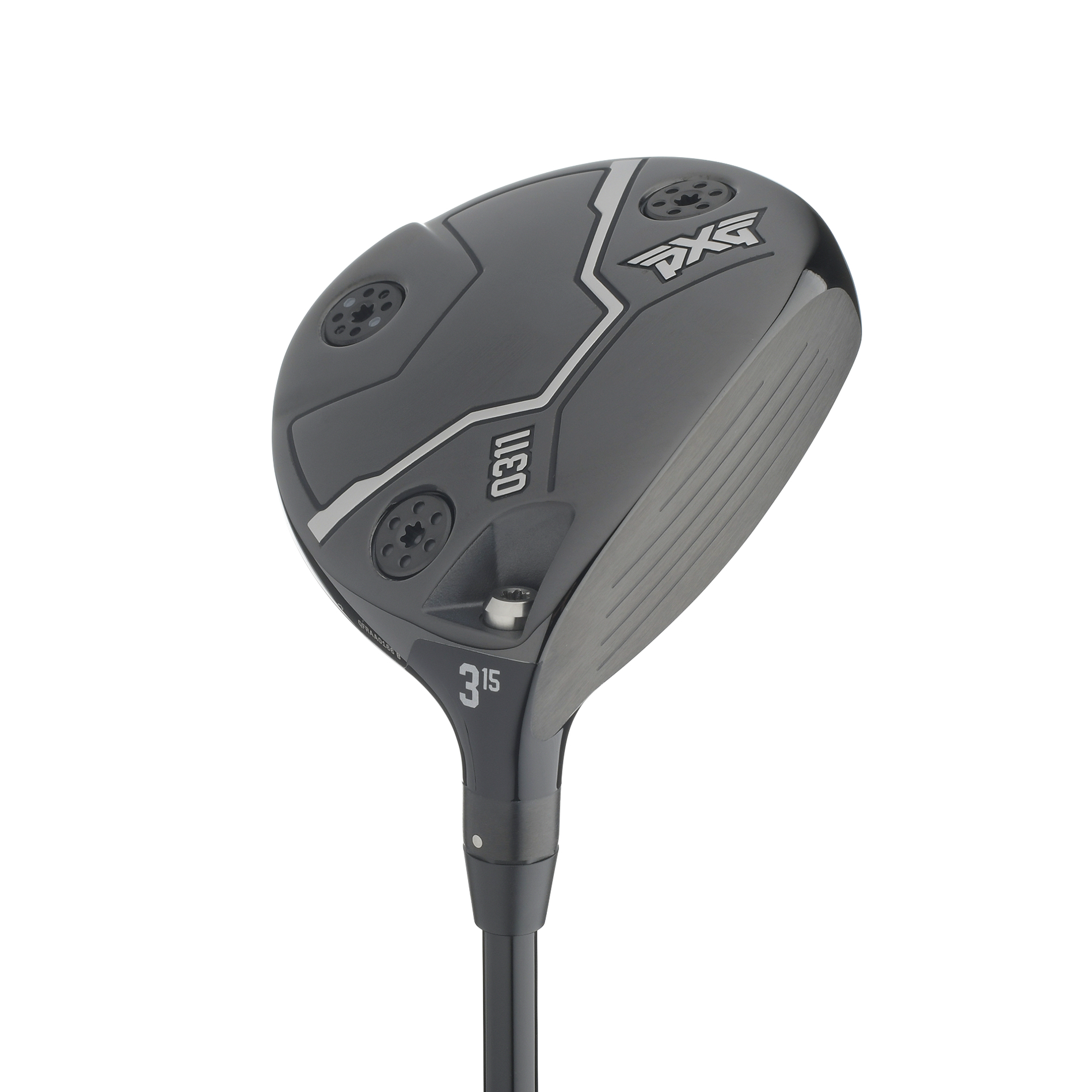
Building a better fairway wood is no different than building a faster race car: Better parts mean more speed. This fairway wood features a new steel alloy in the face that’s stronger, lighter and more flexible. It provides more potential distance by making the face 12.5 percent thinner and enabling the rest of the body, including a lightweight carbon-composite crown, to get thinner and lighter, too. This freed up weight for a launch-enhancing lower center of gravity and three movable sole weights to tweak ball flight.
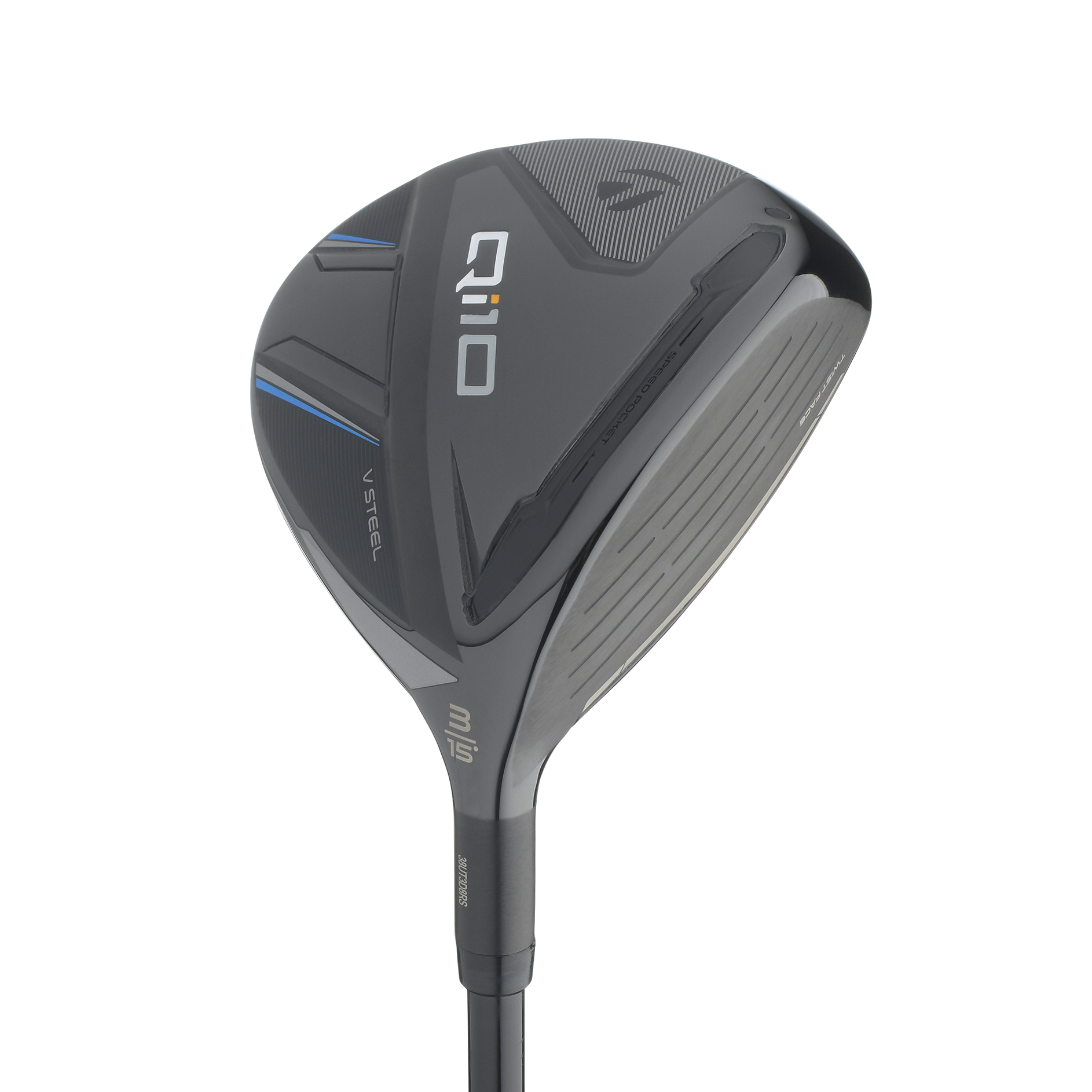
The workhorse of the TaylorMade fairway-wood family, this model makes increasing playability for average golfers a directive. Making the club more playable involved taking everything from the hottest part of the face to the center of gravity and shifting them lower. Overall, these heads have a taller face and more volume, and they are stretched a little longer front to back to improve the way the face flexes and how stable the head is on off-center hits.
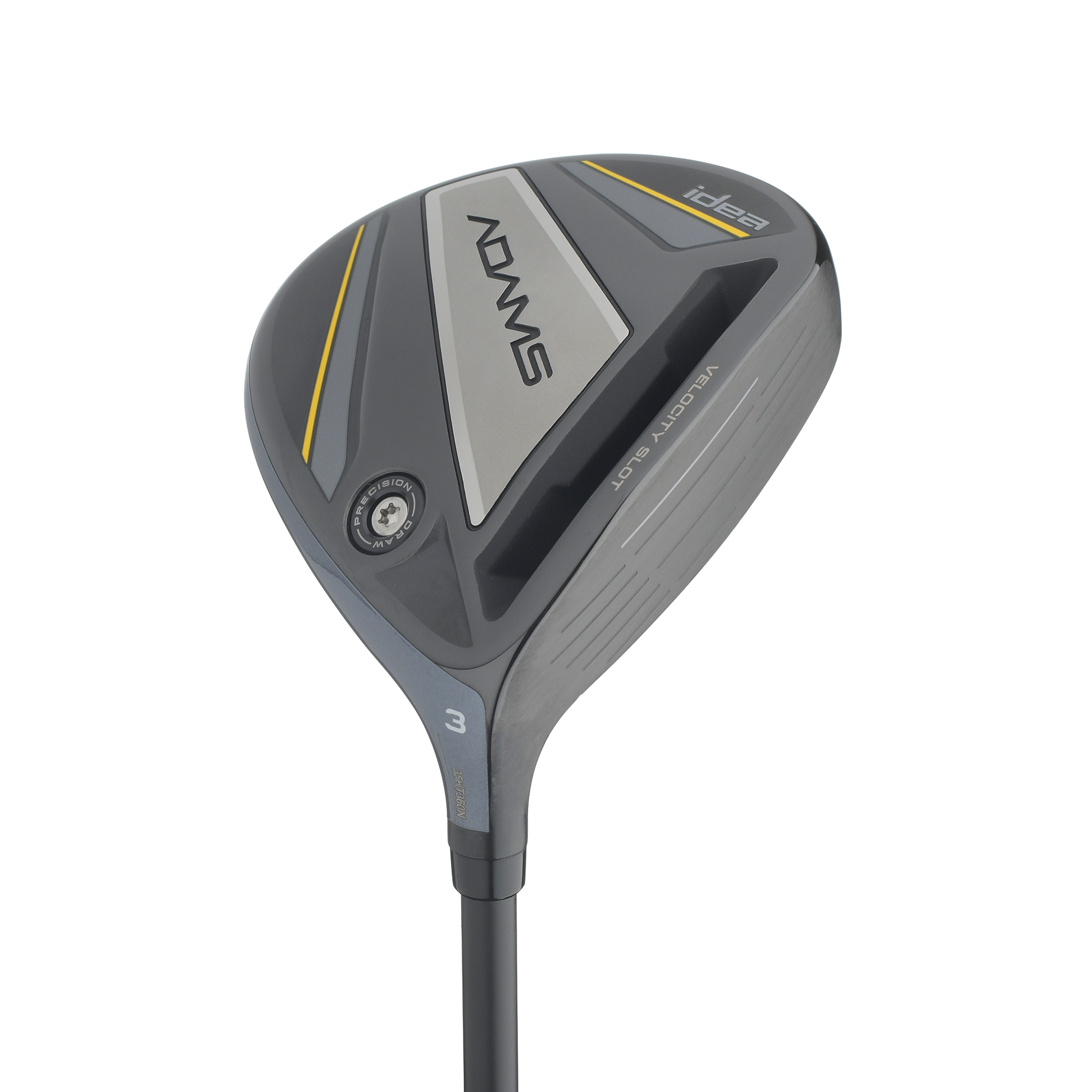
The name might sound like a throwback, the slot in the sole may look familiar, and the inverted pyramid shape might even evoke the old Adams, but trust us when we say that this is an all-new take on the company’s original cult favorite fairway wood. Among the new features are a carbon-composite crown. Less weight helps lower the center of gravity and provides more perimeter weighting. There’s also a six-gram weight screw in the heel side of the sole to counter a slice. The heel and toe sides of the sole are angled up to provide more relief for smoother turf interaction.
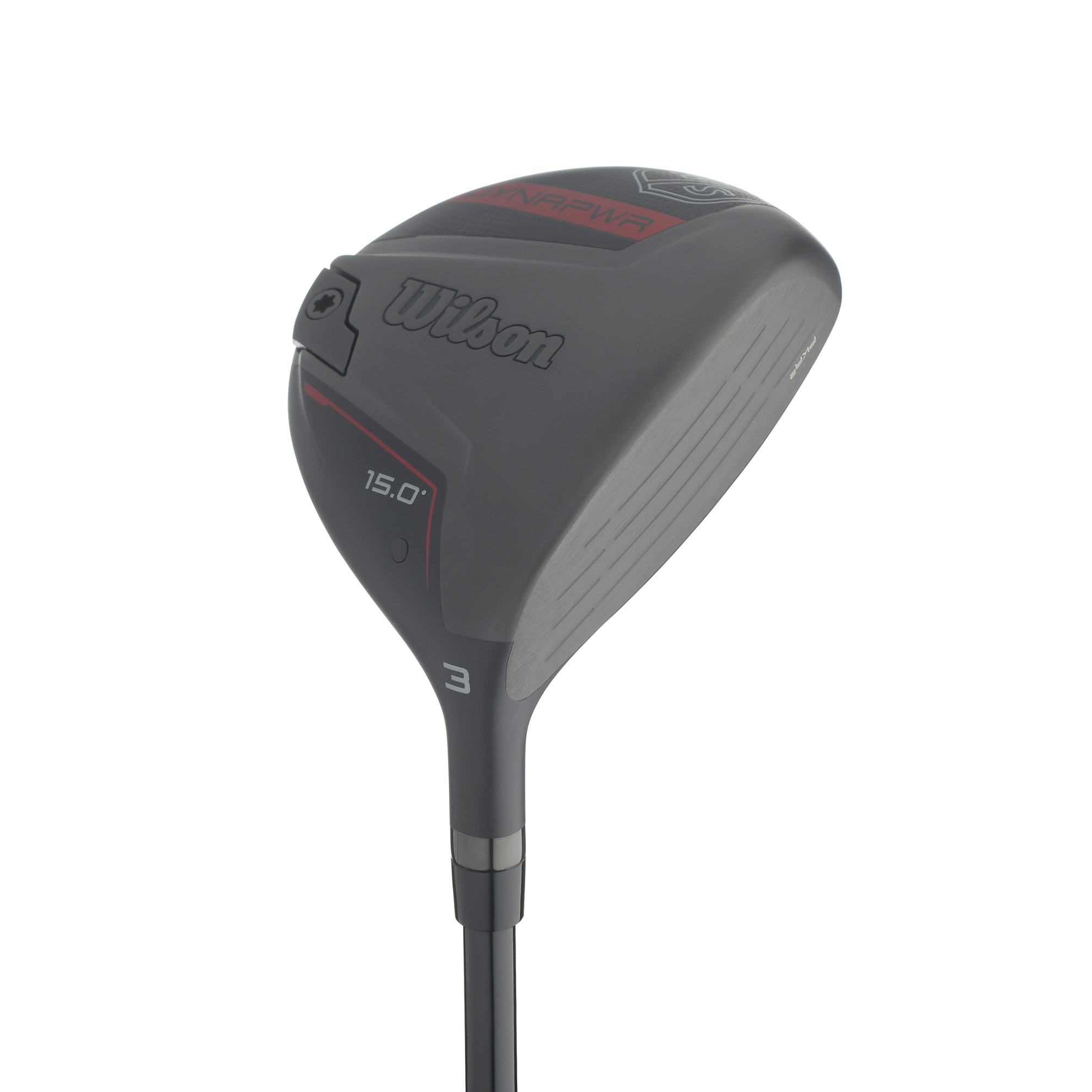
It sounds exceptional to build a fairway wood with the expanding possibilities of artificial intelligence, but a worthy design needs the best input of machine and human to truly elevate the standard. Wilson’s team used supercomputers and thousands of simulations to uncover the precise levels of varying thicknesses on the face to maximize ball speeds. Engineers also sought the wisdom of tour players. Their input on the flatter profile and shallower face improved the versatility so that more players of all skill levels could take advantage of that high-tech, high-speed face.
Mid Handicaps

The most complete lineup in the G430 family of fairway woods, the Max includes four adjustable heads that encompass a loft range from 13.5 to 25.5 degrees. The carbon-composite crown allows the center of gravity to be lower, and a face that wraps around the crown and sole improves ball speed and helps with loft. The face has less curvature (or “roll”) on its lower half where most fairway-wood impacts occur. With less roll, those lower-face hits launch with less spin and more velocity.

The workhorse of the TaylorMade fairway-wood family, this model makes increasing playability for average golfers a directive. Making the club more playable involved taking everything from the hottest part of the face to the center of gravity and shifting them lower. Overall, these heads have a taller face and more volume, and they are stretched a little longer front to back to improve the way the face flexes and how stable the head is on off-center hits.
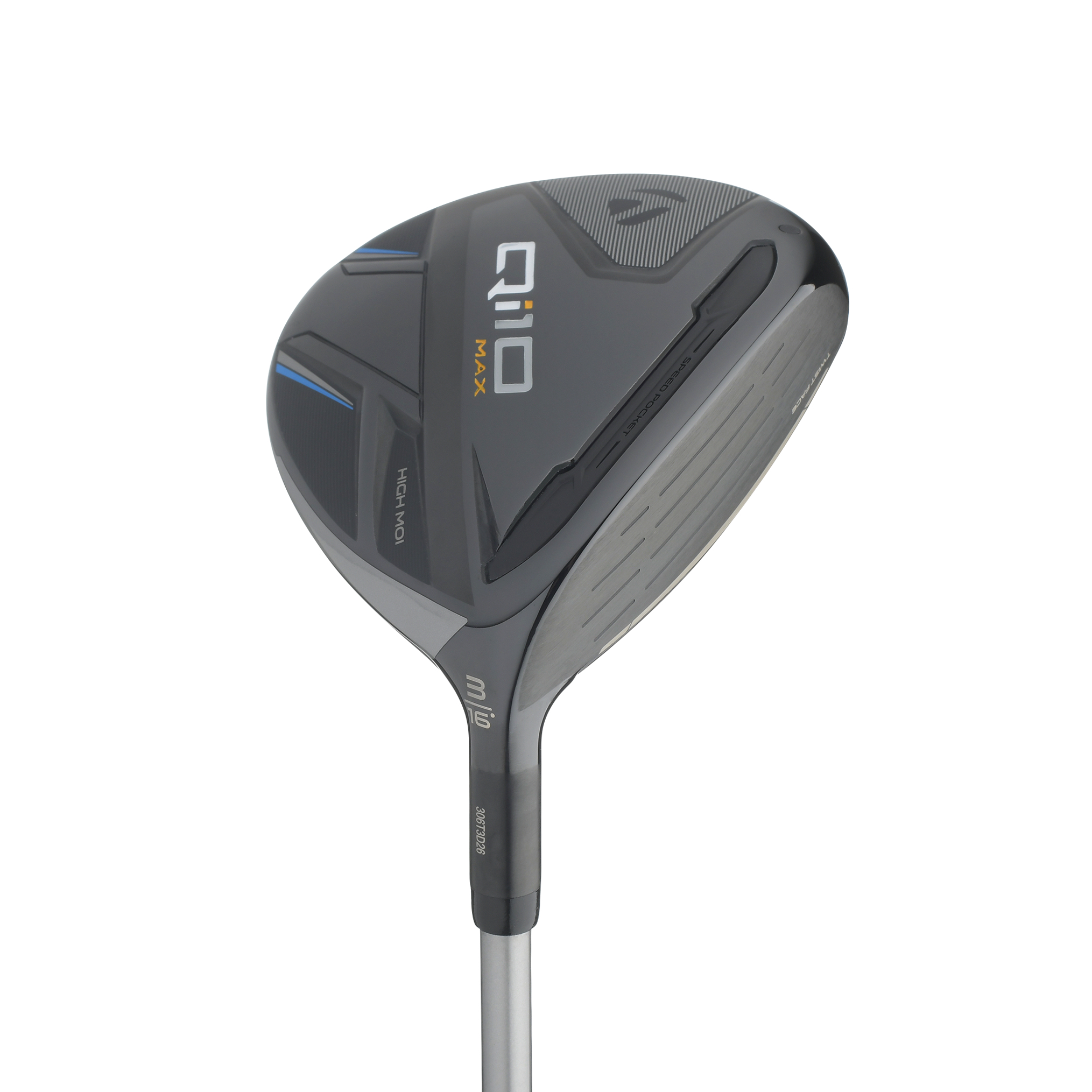
TaylorMade’s team increased the overall volume of this model to improve forgiveness yet kept the shallow face to give average golfers more confidence that they can get the ball up in the air. To further lower spin, TaylorMade reduced lofts on the Qi10 Max compared to the Stealth HD from last year.
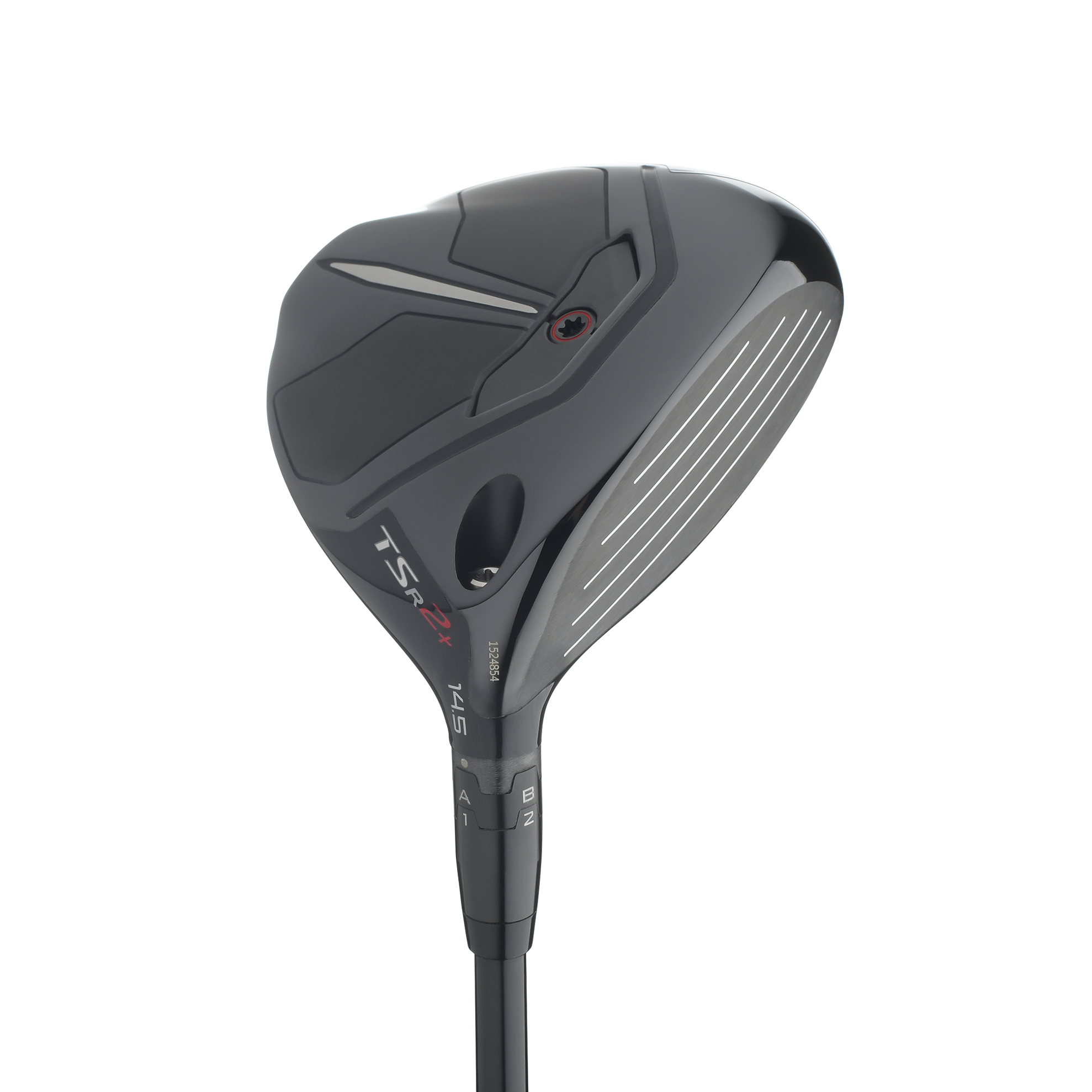
The problem with looking for a fairway wood to serve as your alternative driver is compromising its playability off the ground. This fairway wood doesn’t stray too far from its mission as a backup club for those shorter, tighter driving holes. First, its 190-cubic-centimeter size and the deepest center of gravity of any Titleist fairway wood automatically establish stability. Its taller face also makes for a bigger trampoline for tee shots. Still, its size and easier launch make it a more effective choice than driver off the deck.

The name might sound like a throwback, the slot in the sole may look familiar, and the inverted pyramid shape might even evoke the old Adams, but trust us when we say that this is an all-new take on the company’s original cult favorite fairway wood. Among the new features are a carbon-composite crown. Less weight helps lower the center of gravity and provides more perimeter weighting. There’s also a six-gram weight screw in the heel side of the sole to counter a slice. The heel and toe sides of the sole are angled up to provide more relief for smoother turf interaction.

It sounds exceptional to build a fairway wood with the expanding possibilities of artificial intelligence, but a worthy design needs the best input of machine and human to truly elevate the standard. Wilson’s team used supercomputers and thousands of simulations to uncover the precise levels of varying thicknesses on the face to maximize ball speeds. Engineers also sought the wisdom of tour players. Their input on the flatter profile and shallower face improved the versatility so that more players of all skill levels could take advantage of that high-tech, high-speed face.
High Handicaps
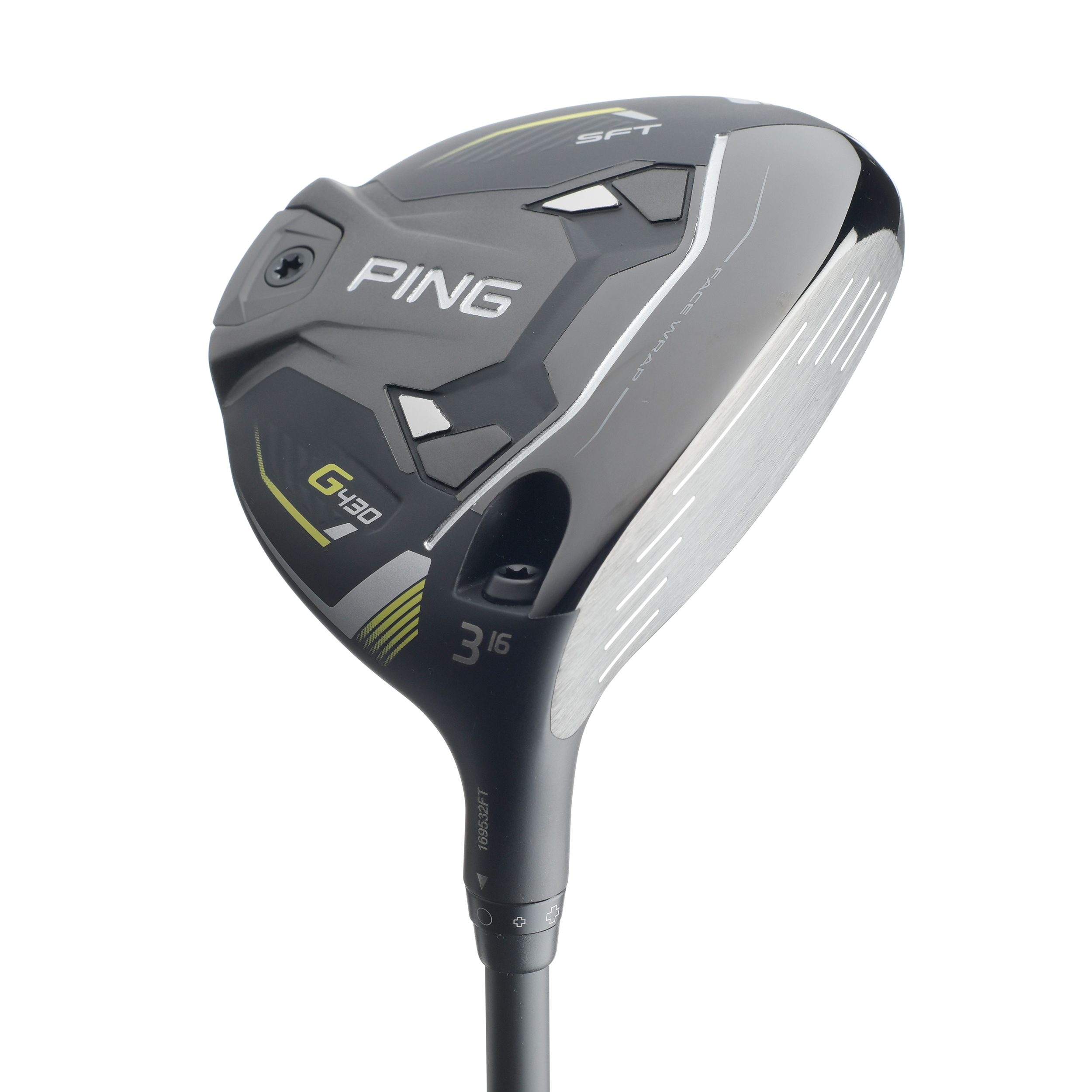
Because the tendency to slice doesn’t necessarily go away when switching to a fairway wood, this model has features to minimize that weak fade. Heel-side weighting adds draw spin and helps players square the face at impact. The SFT heads are a little larger, feature an extra degree of loft, use more upright lie angles and are a little lighter compared to the G430 Max. Those elements help shots launch higher and straighter.

Building a better fairway wood is no different than building a faster race car: Better parts mean more speed. This fairway wood features a new steel alloy in the face that’s stronger, lighter and more flexible. It provides more potential distance by making the face 12.5 percent thinner and enabling the rest of the body, including a lightweight carbon-composite crown, to get thinner and lighter, too. This freed up weight for a launch-enhancing lower center of gravity and three movable sole weights to tweak ball flight.

The workhorse of the TaylorMade fairway-wood family, this model makes increasing playability for average golfers a directive. Making the club more playable involved taking everything from the hottest part of the face to the center of gravity and shifting them lower. Overall, these heads have a taller face and more volume, and they are stretched a little longer front to back to improve the way the face flexes and how stable the head is on off-center hits.

The name might sound like a throwback, the slot in the sole may look familiar, and the inverted pyramid shape might even evoke the old Adams, but trust us when we say that this is an all-new take on the company’s original cult favorite fairway wood. Among the new features are a carbon-composite crown. Less weight helps lower the center of gravity and provides more perimeter weighting. There’s also a six-gram weight screw in the heel side of the sole to counter a slice. The heel and toe sides of the sole are angled up to provide more relief for smoother turf interaction.
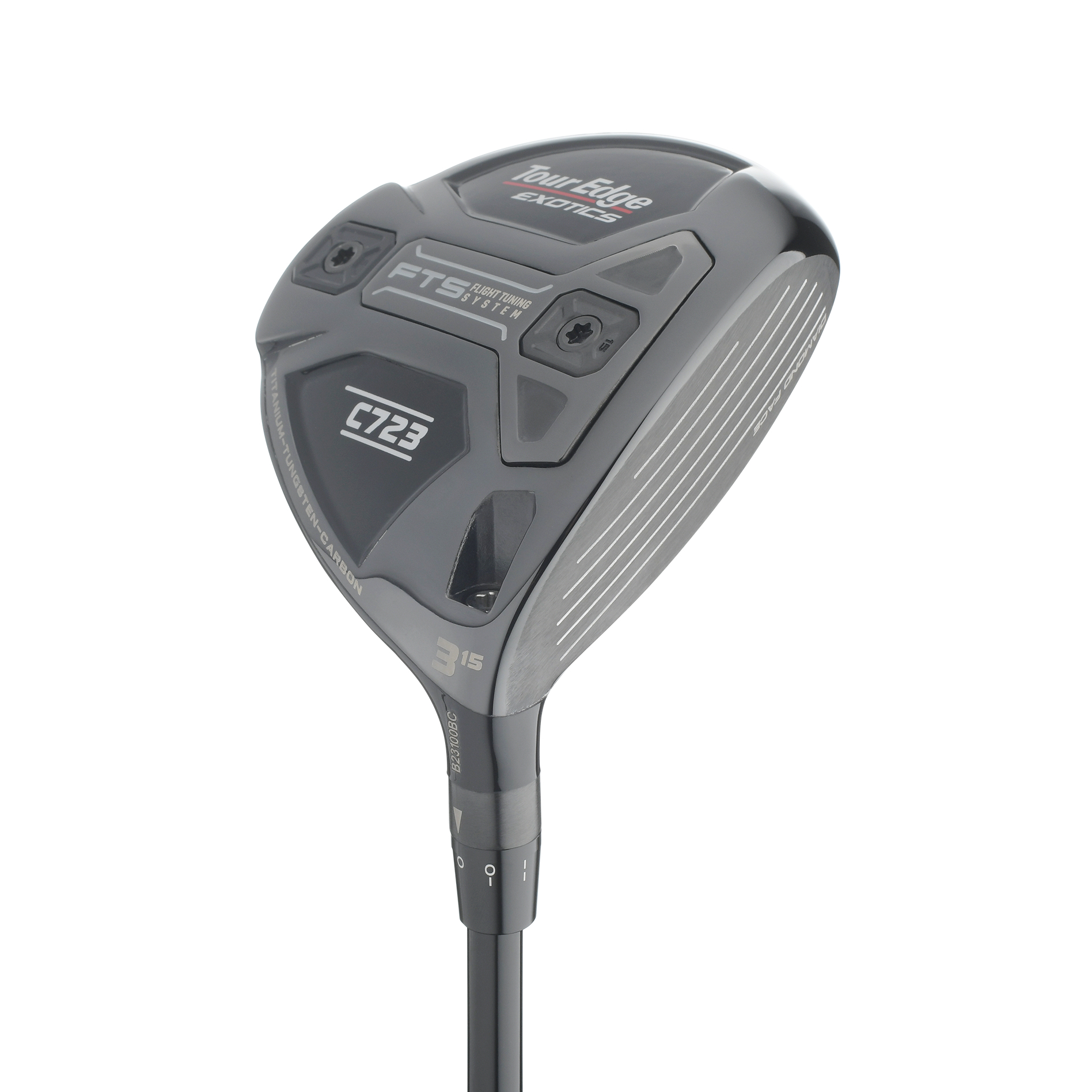
Built for speed and low spin (and the elite players who benefit most from those characteristics), this head uses a lightweight titanium face and body and a lighter carbon-composite crown to set up the structure for a lower center of gravity. Completing that mission is a central, keel-shaped ridge on the sole that has a 75-gram steel plate and a 15-gram adjustable weight. Combined, these features push the CG low and forward for optimal launch and maximum distance. The angled shape of the sole ridge also improves turf interaction.



